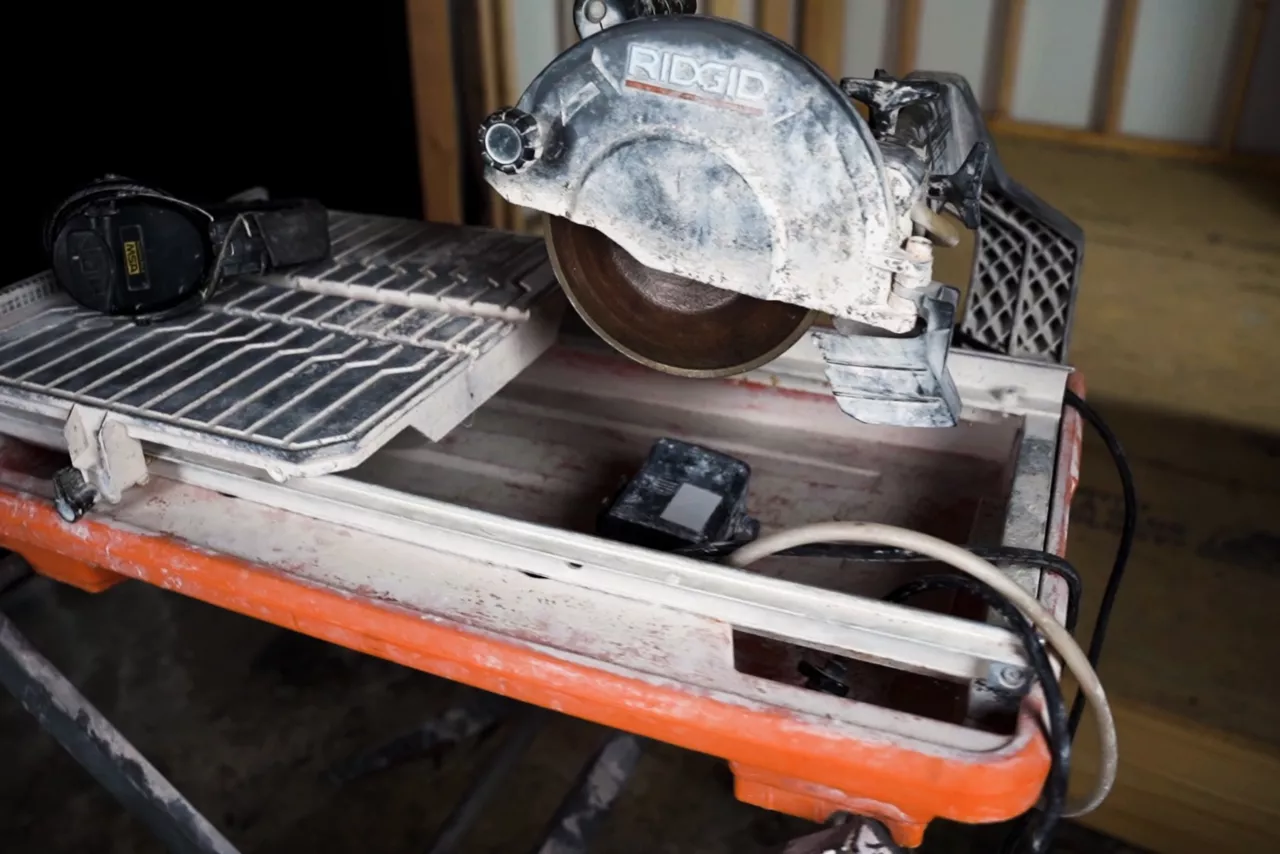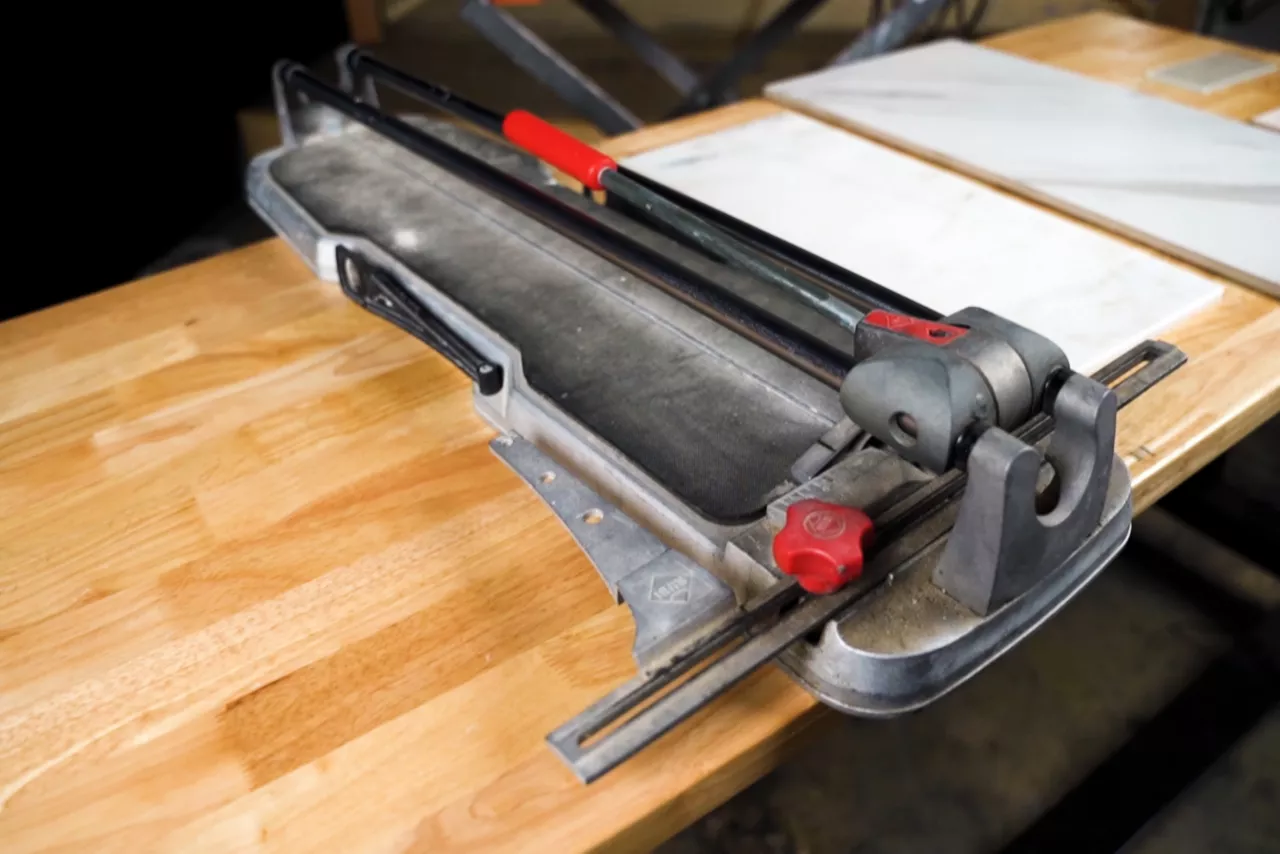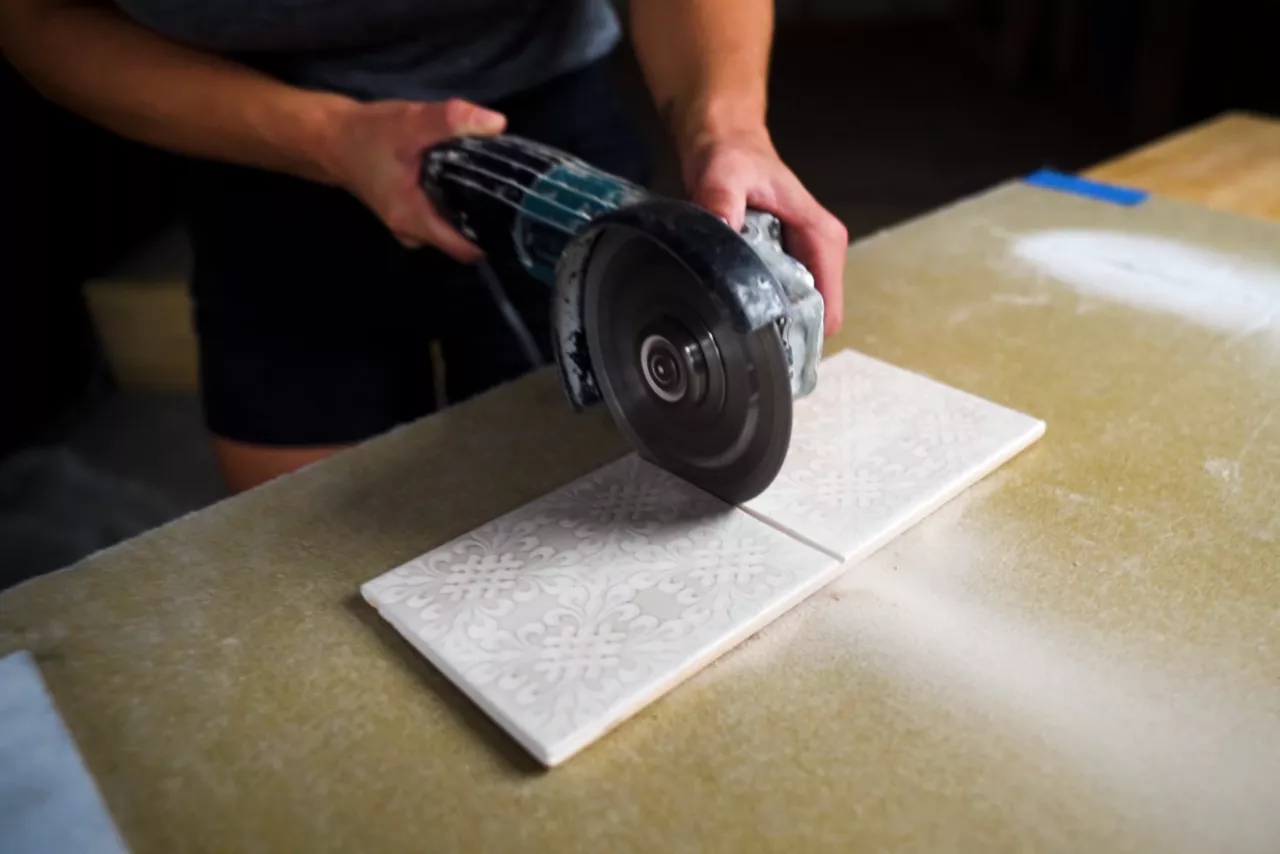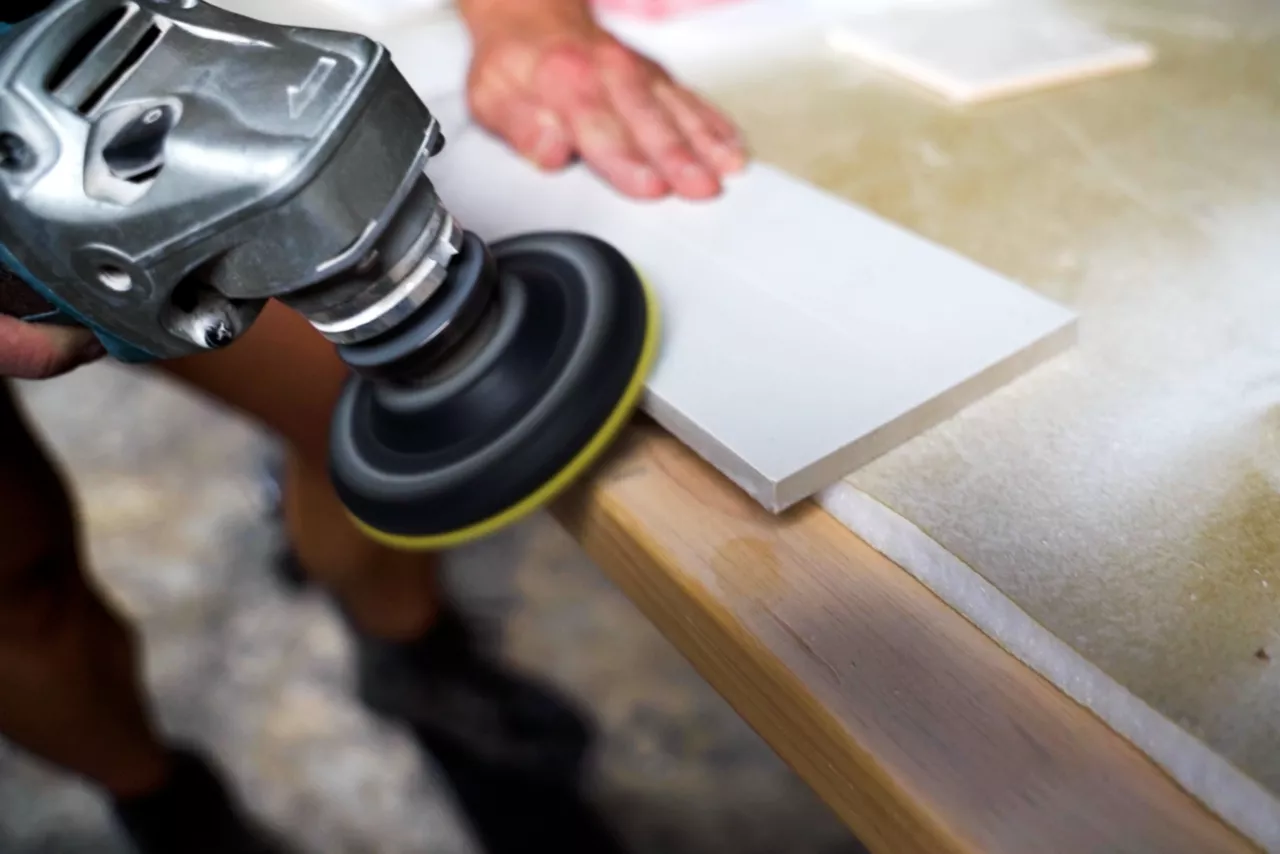How to Cut Tile
In This Article
In this article, we'll go over three different tools for cutting tile: with a wet saw, snap cutter and angle grinder. For each method, we’ll talk about how to cut various materials, including natural stone, porcelain, glass and ceramic. (Not every cutting method is suitable for all of these materials, and we’ll talk about those considerations, too.) We’ll also call out some important safety tips to keep in mind during your project, and share general tips for smoothing the edges of cut tile.
Table of Content
Cutting Tile With a Wet Saw

The first tool we’ll discuss, which is one of the most versatile for any pro, is the wet saw, which can cut all of the materials mentioned above: natural stone, porcelain and ceramic, and glass. (The only caveat is that if you will be cutting glass tile, you’ll need to switch out your blade for one specifically designed for cutting glass. demonstrate that for you with a couple of different materials.)
A wet saw is a saw with water in the reservoir. Water is pumped up through a hose and drips it out onto the blade, keeping the blade cool so that your tile can get smooth cuts all the way through. The blade stays in place, and you slide the tile through to make cuts.
Top Tips for Cutting Tile With a Wet Saw
- After turning on the machine, let the blade come up to speed before you begin.
- Apply constant pressure as you push the tile through using two hands.
- Always use appropriate protective equipment to cover your ears and eyes when using a wet saw.
Cutting Tile With a Snap Cutter

In this section, we’ll demonstrate how to use a snap cutter to cut glass tile, ceramic tile and porcelain tile. The only tile you cannot cut on a snap cutter is natural stone.
Snap cutters are very versatile tools, because they are relatively lightweight and easy to carry around, set up and break down, and you can work with virtually no dust—or mess—right next to your job site.
There are many different versions of snap cutters on the market, but all of them have virtually the same components: they’ll have a cutting wheel, rails (usually two, but sometimes a single rail), and a handle so you can apply pressure.
Top Tips for Cutting Tile With a Snap Cutter
- Hold the tile with firm downward pressure
- Start your cut at the very edge of the tile
- Apply even pressure all the way through until the wheel rolls off of the tile
- Make sure pressure legs are flat when they come into contact with the tile
Cutting Tile With an Angle Grinder

The third and final method covered in this article is an angle grinder. When using an angle grinder to cut tile, you want to make sure that you are using a diamond blade.
We recommend using an angle grinder to cut ceramic and porcelain only.
There are glass blades for angle grinders available on the market for cutting glass tile, but it’s extremely difficult. And while you can cut natural stone with an angle grinder, you need to apply a water source to prevent chipping, so it takes a higher level of skill.
Top Tips for Cutting Tile With an Angle Grinder
- An angle grinder is very loud, very powerful and generates a lot of dust. Perform your cuts outdoors, wear a face mask, and protect your ears and eyes.
- As you cut, pull the grinder toward you in a straight line. Don't twist your wrist or try to go left or right.
How to Smooth Edges of Cut Tile

Whether you cut tile using a wet saw, snap cutter or angle grinder, you will end up with some sort of imperfection or chipping on the cut edge of your tile. Even tile pros need to go back and polish the cut edges of every cut they make.
In the image above, the factory edge is on the right, and the cut edge of the tile is on the left. In the close-up, some chipping in the glaze is visible.
To smooth cut edges, you can use a variable speed angle grinder with diamond polishing pads, held at a 45-degree angle to the glazed edge.
If you do not have a variable speed angle grinder, diamond polishing hand pads (available at most hardware and home improvement stores) will provide the same result.
- When smoothing tile edges by hand, DO position the pad at a 45-degree angle to the glazed edge of the tile, in one direction only.
- DON’T smooth on a perpendicular angle or scrape the pad back and forth, as this can cause more chipping.
When you’re finished, the cut edge will look as close to the factory edge as possible.